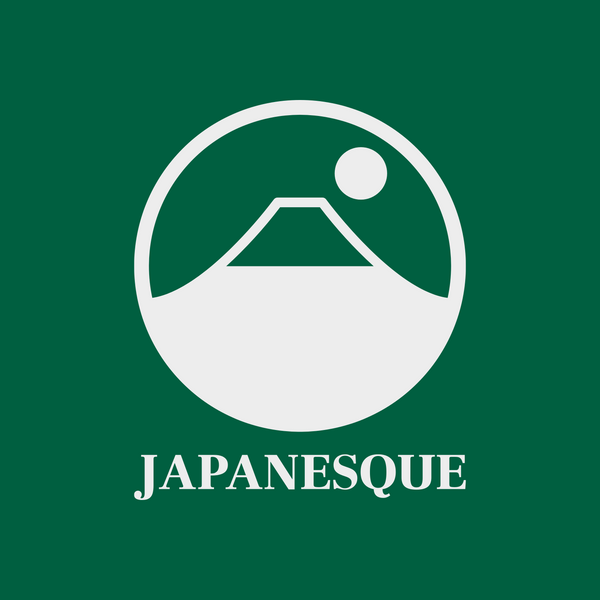4. Wakasugi Kiln (1811-1875)
4. Wakasugi Kiln (1811-1875)
Even after Aoki Mokubei returned to Kyoto, Honda Sadakichi remained at the Kasugayama kiln and continued making pottery. When he learned that porcelain production was gaining momentum in Kaga, he used his experience to mass-produce porcelain. We searched for the abundant and high quality pottery stone needed for this purpose. Finally, Sadakichi found it in Mt. Rokubei, Hanasaka Village, Nomi District, and decided to produce porcelain nearby.
Sadakichi received an invitation from Hayashi Hachibei, who was baking tiles in Wakasugi Village, and decided to build a main kiln there. This Wakasugi kiln was the first to mass-produce porcelain in Kaga, and became a pillar of the Kaga clan's industrial development, and Hanasaka pottery stone is still an important raw material used to make the base for Kutani ware. It has become. Sadakichi's achievements were great, and he started establishing many kilns one after another.
Naturally, the Wakasugi Kiln began to attract the potters needed for mass production from both inside and outside the domain, and began pursuing the creation of a factory in Kaga to produce colored porcelain, which had not been able to produce wood grains. Therefore, in addition to dyed porcelain, you can see various styles of colored porcelain in his works.
We were also able to produce colored porcelain that was very similar to the Yoshidaya kiln. This can be said to be because Sadakichi had the foresight to discover the abilities of Gen'emon Aoya, who was still in his late teens, and entrusted Gen'emon with research into glazes.
Furthermore, from among the many potters who were active at this Wakasugi kiln, potters who were active in the various kilns of the revived Kutani that followed Wakasugi kiln were produced, and they brought the pottery skills they cultivated here to each kiln. I was active in Rokuemon Yabu, who opened the Ono kiln, Isaburo Saita, who opened the Sano kiln, Kikusaburo Matsuya, who opened the Rendaiji kiln, Shozo Kutani, who opened the Nishiki kiln in Terai, and Takichi Yamamoto, who founded a kiln in Hanita. That was the case.
